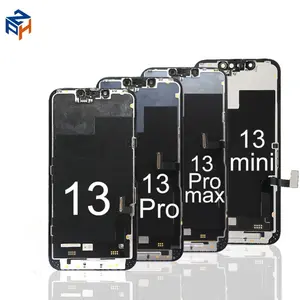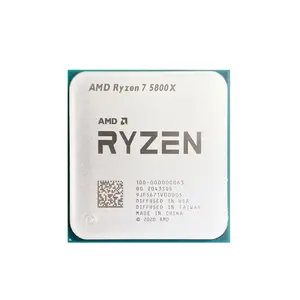Popular in your industry







































Top categories
About 2way tv splitter
Introduction to 2-Way TV Splitters
2-way TV splitters are essential components in distributing signals from a single source to multiple destinations. These splitters play a crucial role in ensuring consistent and high-quality signal transmission in various settings, including residential and commercial environments. The versatility and efficiency of 2-way TV splitters make them indispensable in modern audiovisual setups.
Types of 2-Way TV Splitters
There are several types of 2-way TV splitters available on the market to cater to different signal distribution needs. Some common variations include passive splitters, active splitters, coaxial cable splitters, and satellite TV splitters. Each type has specific features and functionalities that make them suitable for particular applications.
Applications of 2-Way TV Splitters
2-way TV splitters are widely used in various scenarios, such as residential entertainment systems, commercial establishments, educational institutions, and broadcasting facilities. These splitters are employed to split and distribute TV signals to multiple televisions or monitors without compromising signal quality or strength.
Features of 2-Way TV Splitters
The key features of 2-way TV splitters include high signal isolation, low insertion loss, wide frequency range support, durable construction, and compatibility with different types of cables. These features ensure optimal signal distribution performance and long-term reliability for users.
Technical Specifications of 2-Way TV Splitters
2-way TV splitters typically operate within a frequency range of 5 MHz to 2400 MHz, with impedance ratings ranging from 75 Ohms to 100 Ohms. The insertion loss of these splitters is minimal, usually below 3 dB, to maintain signal integrity. Moreover, 2-way TV splitters come in various designs, including metal housings for enhanced durability and signal shielding.
Choosing the Right 2-Way TV Splitter
When selecting a 2-way TV splitter for your specific application, consider factors such as the frequency compatibility with your existing equipment, the number of output ports required, the construction quality for long-term use, and the type of connectors supported. It is essential to choose a splitter that meets your signal distribution needs effectively.
Benefits of Using 2-Way TV Splitters
By incorporating 2-way TV splitters into your audiovisual setup, you can efficiently distribute TV signals to multiple devices without signal degradation. This enables seamless viewing experiences across multiple screens simultaneously, making them ideal for home entertainment systems, sports bars, conference rooms, and other settings.
Installation and Maintenance of 2-Way TV Splitters
Proper installation of 2-way TV splitters is crucial to ensure optimal signal distribution and performance. It is recommended to follow the manufacturer's guidelines for installation and periodically check the connections for any loose fittings or signal issues. Regular maintenance can extend the lifespan of the splitters and maintain signal quality over time.
Future Trends in 2-Way TV Splitters
With the advancements in signal processing technologies and the increasing demand for high-definition content delivery, the future of 2-way TV splitters is likely to focus on improved signal integrity, higher frequency support, compact designs, and enhanced compatibility with emerging audiovisual standards. Manufacturers are continuously innovating to meet the evolving needs of the industry.
Conclusion
In conclusion, 2-way TV splitters play a fundamental role in signal distribution for various audiovisual applications. Understanding the types, applications, features, technical specifications, selection criteria, benefits, installation, and future trends of these splitters can help businesses make informed decisions when incorporating them into their AV setups. As technology advances, 2-way TV splitters will continue to evolve to meet the growing demands of signal distribution in the consumer electronics industry.




























